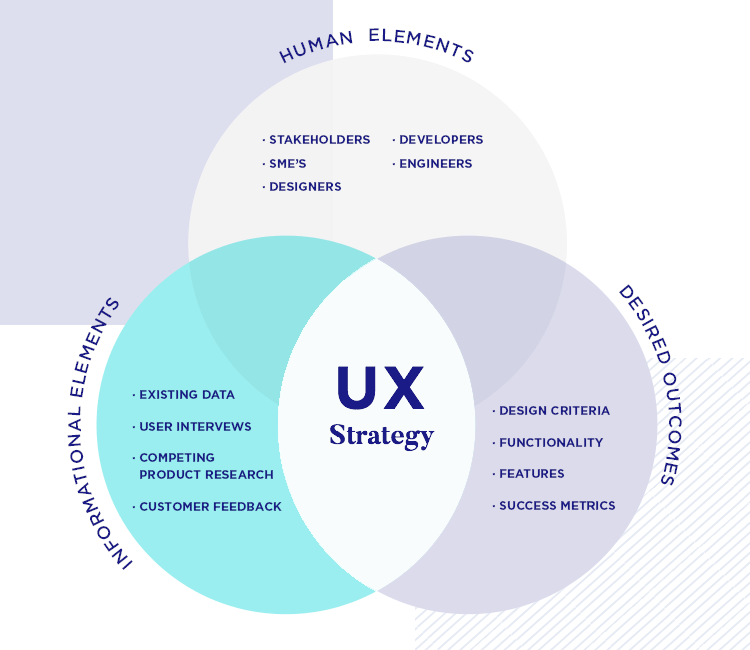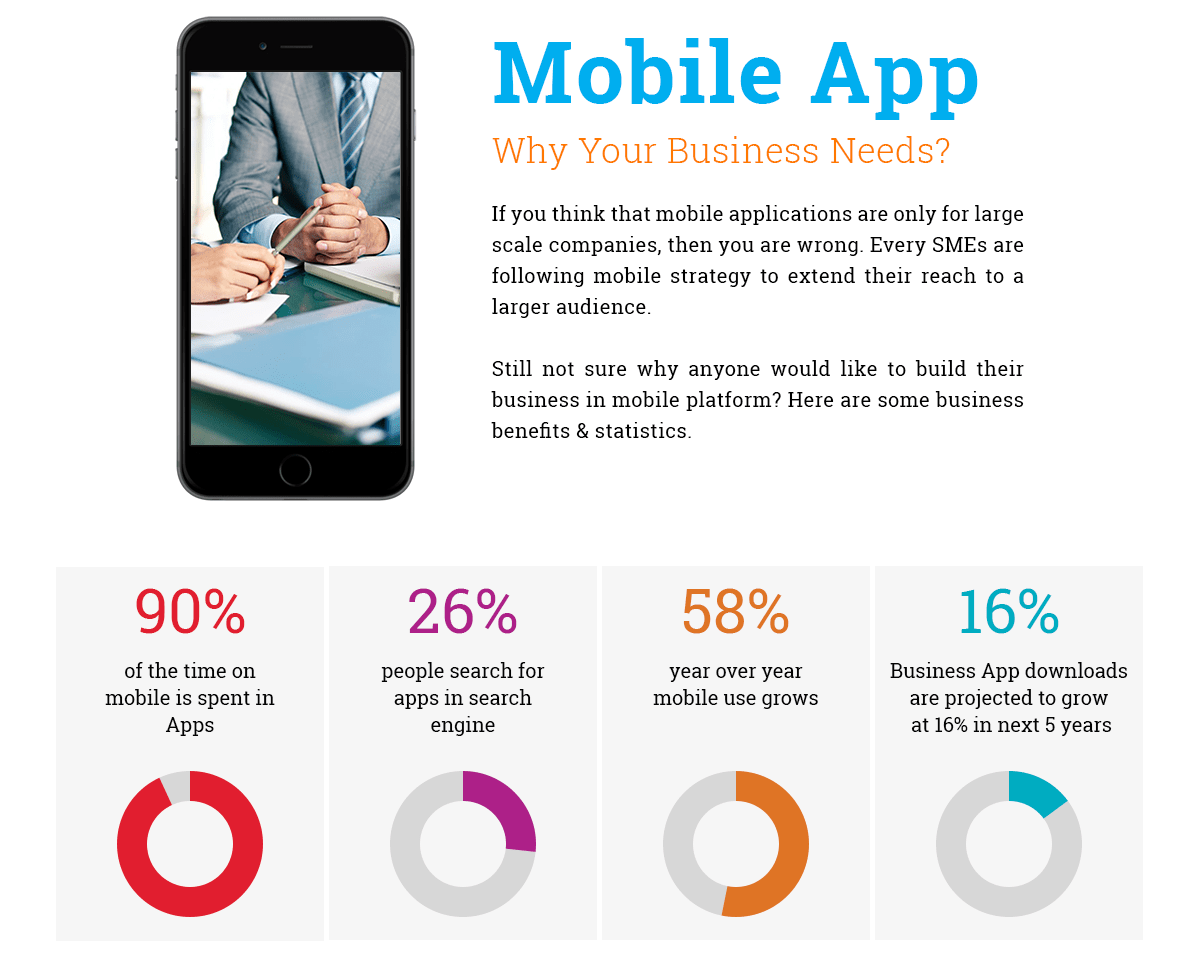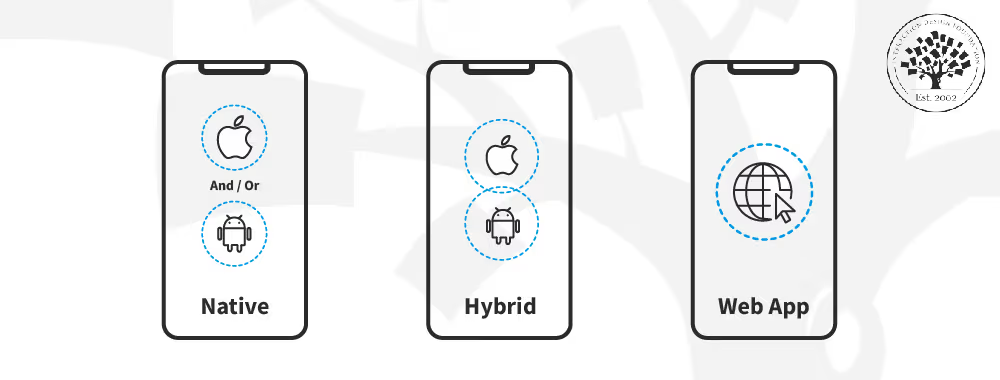In a world where cloud technology gets most of the attention, on-premise ERP (Enterprise Resource Planning) systems continue to prove their worth—especially for businesses that value control, security, and deep customization. While cloud-based ERP has its advantages, on-premise ERP is still the trusted solution for industries with strict compliance requirements or the need for tailored functionality.
This article takes a closer look at what on-premise ERP means, its advantages and potential drawbacks, and why it still holds strong in 2025. We’ll answer common questions, offer expert insights—including quotes from Tamer Badr, founder of Singleclic, and help you determine if this tried-and-true solution is right for your business.
What Is On-Premise ERP?
On-premise ERP is an enterprise resource planning system that is physically hosted on a company’s internal servers and hardware. Unlike cloud ERP—which operates over the internet via a subscription model—on-premise ERP is a software solution that the business fully owns and manages.
Key Components:
- Local hosting on in-house infrastructure
- Greater control over updates and security
- One-time licensing or perpetual license model
- No reliance on third-party cloud providers
You can learn more about ERP solutions from the team at Singleclic ERP Services—a trusted name in building reliable, scalable ERP systems for over a decade.
Why Choose On-Premise ERP in 2025?
Despite the trend toward cloud solutions, on-premise ERP remains an optimal choice for organizations with specific needs. Here’s why businesses still lean toward this model:
✅ Advantages:
- Full Control Over Data: No third-party access. Ideal for highly regulated industries.
- Customization: Easier to tailor software deeply to your business workflows.
- Security: Physical control over firewalls, data encryption, and backup policies.
- Stable Cost: One-time licensing fees can be more economical over time for large-scale users.
❌ Potential Drawbacks:
- High Initial Cost: Hardware, licensing, and setup can be expensive upfront.
- Maintenance Burden: Requires dedicated IT staff to manage upgrades, patches, and security.
- Scalability Limitations: Scaling infrastructure can be more complex than with cloud alternatives.
- Longer Implementation Times: Deployments may take weeks or months depending on complexity.
“On-premise ERP is still very much alive,” says Tamer Badr, owner of Singleclic. “For clients in healthcare, manufacturing, and government, data sovereignty and system independence are not negotiable. We help them modernize—without losing control.”
Who Should Consider On-Premise ERP?
If your business operates in a sector where data privacy, compliance, or software flexibility is paramount, on-premise ERP might be your best path forward.
Best Fit For:
- Government & Public Sector
- Large Manufacturers
- Financial Institutions
- Healthcare Providers
- Defense Contractors
People Are Always Asking…
“Why not just go with a cloud ERP?”
Here’s what they’re usually worried about:
- Data privacy: Cloud solutions store data on shared infrastructure. That’s not acceptable for many compliance-focused businesses.
- Recurring costs: Monthly or yearly cloud subscriptions can exceed on-premise costs over time.
- Vendor lock-in: Cloud ERP ties you to a specific provider; on-premise gives you long-term flexibility.
Real-World Examples & Reviews
⭐ Case Study: A Manufacturing Giant
One Singleclic client, a manufacturing company with operations across the Middle East, opted for an on-premise ERP due to unreliable internet access and strict IP protection rules. After a 6-month deployment with Singleclic, their productivity increased by 22%, and downtime reduced by 40%.
“We needed something reliable that didn’t depend on the cloud or internet speeds. On-premise ERP gave us that reliability, and Singleclic helped tailor it exactly to how we work,” — Operations Manager, Client Confidential
⭐ Review from Healthcare Sector
“After comparing several solutions, on-premise ERP gave us total data security and audit trails that meet HIPAA standards. Cloud wasn’t even an option.” — CTO, Regional Medical Network
Comparison: On-Premise ERP vs. Cloud ERP
| Feature | On-Premise ERP | Cloud ERP |
| Cost | High upfront, low long-term | Low upfront, recurring fees |
| Deployment | Slower, more complex | Faster, simpler |
| Customization | Highly customizable | Limited |
| Maintenance | Requires in-house IT | Handled by vendor |
| Data Control | Full ownership | Shared infrastructure |
| Compliance | Easier to meet industry standards | Depends on vendor capabilities |
FAQs About On-Premise ERP
1. Is on-premise ERP outdated?
Not at all. While it’s not trendy, it remains a robust option for businesses with advanced data, security, and compliance needs.
2. Is it more expensive than cloud ERP?
Initially, yes. But long-term ownership can result in lower total cost of ownership (TCO).
3. Can it be integrated with modern systems?
Absolutely. Many ERP vendors, including Singleclic, offer hybrid ERP solutions that combine local control with cloud APIs.
4. What happens if the hardware fails?
A well-configured on-premise ERP includes redundancy, backup protocols, and failover mechanisms to ensure minimal disruption.
How to Get Started with On-Premise ERP
If you’re considering moving to or upgrading your on-premise ERP, here’s a quick checklist:
- Assess your infrastructure: Ensure you have the server capacity and security in place.
- Choose a flexible ERP vendor: Look for vendors that support customization and compliance.
- Involve all stakeholders: HR, Finance, IT, and Operations must align on features.
- Plan for long-term support: Internal or outsourced IT resources are essential.
Final Thoughts: Is On-Premise ERP Right for You?
Choosing on-premise ERP isn’t about resisting the cloud—it’s about making the right strategic decision for your specific business model, risk tolerance, and operational needs. If data sensitivity, full control, and deep customization are on your priority list, then on-premise ERP remains a smart and secure investment.
“Our goal is to give clients peace of mind,” adds Tamer Badr. “We bring modern ERP capabilities to environments that need control without compromise.”
Let us know if you’d like a tailored ERP consultation. Whether you’re migrating from legacy systems or starting fresh, on-premise ERP might just be the most powerful tool in your digital arsenal—without the fluff.







